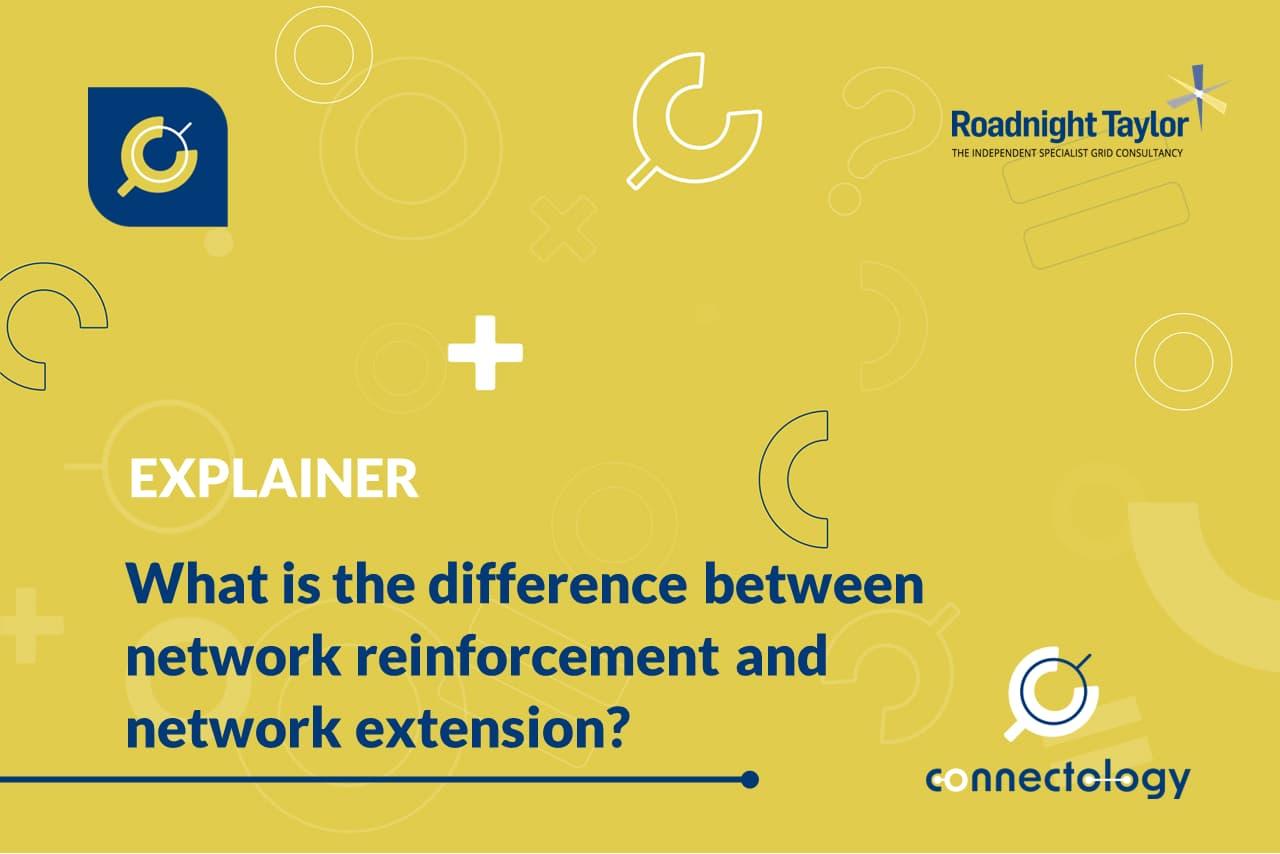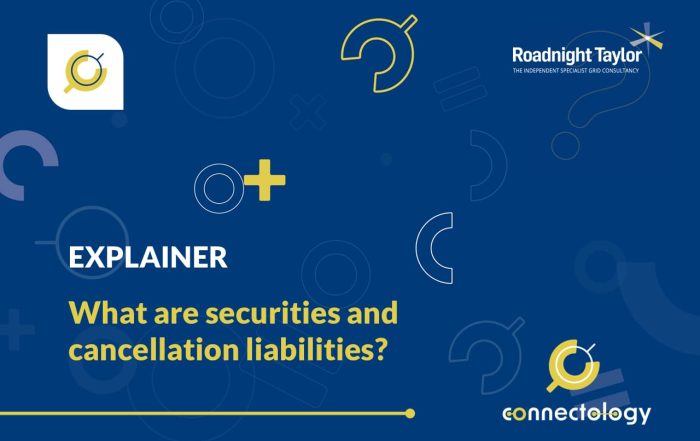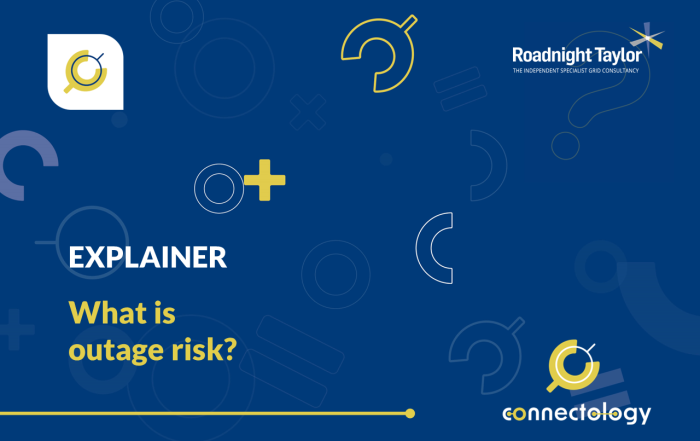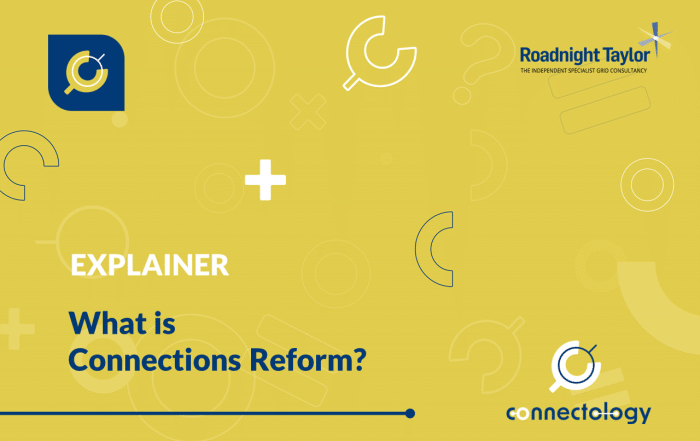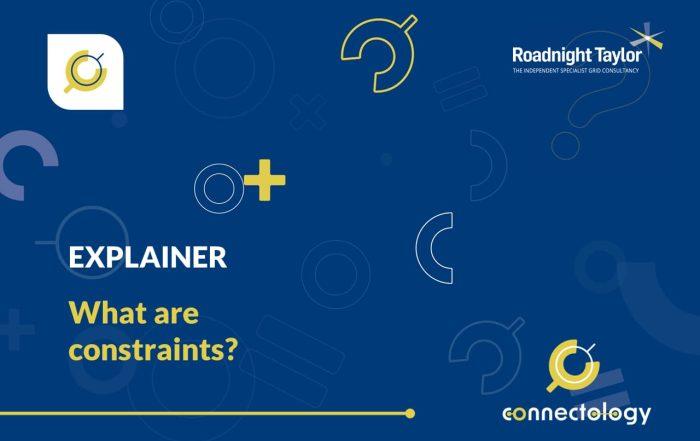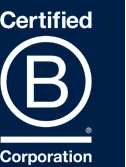What is the difference between network reinforcement and network extension?
Network reinforcement assets are defined as assets installed to add capacity to the existing shared-use Distribution System. Network extension assets are new assets used to connect a single site.
The difference between the two can seem trivial, but it makes a massive difference to how new schemes are charged and how customers pay towards the works.
Article by Nikki Pillinger – expert grid connections project manager
Before joining Roadnight Taylor Nikki, headed grid teams at GRIDSERVE and British Solar Renewables where she managed the origination, de-risking, project management and energisation of a large number of grid connections. Nikki has also led the grid oversight in a significant volume of both project acquisitions and project sales.
3rd January 2023

What are reinforcement assets?
Reinforcement is defined as assets installed that add capacity to the existing shared-use Distribution System.
Examples of this include:
- reconductoring of existing overhead lines
- upgrading of transformers to a higher capacity
- upgrading of existing underground cables
- replacement of switchboards at substations for fault level
- protection betterment (interestingly, different network companies view protection works in different ways, some classing it as reinforcement, others as a piece of work fully funded by a connecting customer)
The cost of reinforcement works is shared between the customer and the network company, or sometimes paid in full by the network company. See our other article ‘What is network reinforcement?’ for more general information about reinforcement.
Also have a look at our recent ‘Game or be gamed?’ webinars on the Ofgem Significant Code Review to see how the rules around reinforcement charging are changing.
What are extension assets?
Extension assets are new assets that are used to connect a single site (so are sometimes referred to as sole use assets).
Examples of this include:
- new cable infrastructure into a site
- new poles or towers to connect a site with overhead lines
- single customer DNO substations, usually where the metering is located
- enabling works at the point of connection (PoC), such as new circuit breaker bays and substation extensions
Extension assets are always fully funded by the connecting customer, rather than customer-triggered network reinforcement where the cost of the work is shared by a cost apportionment factor (CAF).
Exceptions to the reinforcement rules
Network reinforcement assets can sometimes be classed as network extension assets (and so therefore fully funded by the connecting customer) when they fall under a specific set of exceptions to the reinforcement rules, including:
- reinforcement which is requested by a customer and is in excess of minimum scheme
- reinforcement to accommodate a temporary connection
- replacement of switchgear to a standard equipment rating, where that increase is not required to accommodate the new connection
- reinforcement for speculative developments
Contact us
Roadnight Taylor can help clients to understand the potential network extension and network reinforcement works and costs for a connection, and how that will impact on the viability of a scheme. To find out more call us on 01993 830571 or send us a message via our contact form.

